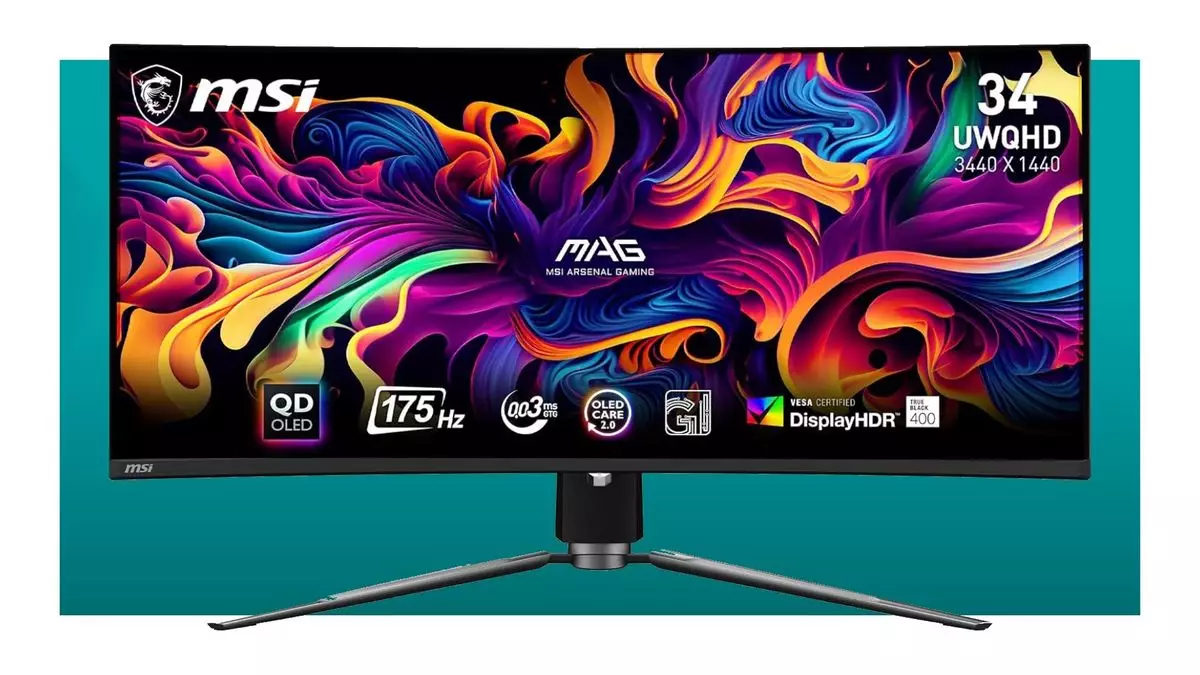In the realm of high-quality displays, the choice between a 32-inch 4K monitor and a 34-inch ultrawide panel can be a polarizing debate among enthusiasts and casual users alike. These two types of monitors cater to distinct user needs, and understanding the merits and drawbacks of each option is crucial for making an informed decision. This article aims to delve deeper into the specifics of these two classes of displays, highlighting their unique features, performance requirements, and practicality, especially as users’ preferences evolve in an expansive digital world.
When considering visual fidelity, it’s hard to overlook the appeal of a 32-inch 4K display. Boasting a resolution of 3840 x 2160 pixels, 4K monitors present a staggering level of detail that is particularly beneficial for creators, designers, and anyone engaged in activities where clarity and precision are paramount. The advantages of such a display become even more pronounced in scenarios requiring intricate detail, such as graphic design, video editing, or even productivity tasks like programming.
However, the price of achieving this clarity often comes at a significant cost—not just financially, but also in terms of hardware requirements. To harness the full potential of a 4K display, users must invest in capable graphics cards costing upwards of $900. This high requirement stems from the need to smoothly render over eight million pixels, creating a potent burden on the GPU. Hence, while the 32-inch 4K option appeals to certain demographics, the necessary investment in auxiliary hardware may be a constraint for many users.
On the flip side, the 34-inch ultrawide monitor, such as the MSI MAG 341CQP, offers an immersive viewing experience that a standard 16:9 display simply cannot match. With a resolution of 3440 x 1440 pixels, this display provides a more encompassing visual space, ideal for gamers and multimedia consumers. The wrap-around experience is enhanced by the extra screen real estate that ultrawide monitors offer, allowing users to enjoy a more engaging gaming experience and multitasking capabilities without needing to split their screen or open new windows.
Moreover, the lower pixel density of the ultrawide display compared to a 4K monitor translates to lesser demands on the GPU, making it viable for users with more modest budgets. With a modern graphics card, such as the Nvidia RTX 4070 Super, solid performance can be achieved at a significantly lower cost—around $600, compared to the hefty financial outlay required for 4K setups.
This comparison naturally leads to discussions about cost-effectiveness. With a price point for the MSI 34-inch ultrawide sitting at approximately $680, users are getting considerable bang for their buck. In contrast, the cheapest 32-inch 4K monitor currently hovers around $800. When considering the entire system build required for an optimal 4K gaming or work experience, potential additional costs can drive the total investment upwards of $1,800.
Despite the allure of 4K visuals, the financial implications steer many towards ultrawide options that provide a competitive yet more affordable experience. Nonetheless, it’s essential to consider long-term use. While modern OLED tech, including that found in ultrawide monitors, comes with assurances against burn-in—often a significant concern—potential users should reflect on their usage patterns and the longevity of their investment.
Both 32-inch 4K monitors and 34-inch ultrawide displays serve different sets of preferences, underlining the importance of identifying individual needs before making a choice. Prospective buyers should weigh their priorities—whether it be resolution, immersion, or budget constraints—when selecting their ideal display. As technology continues advancing, the choices in monitors will likely expand, but for now, understanding the existing options allows for a greater appreciation of what each type can deliver. In the end, whether one opts for the crisp detail of a 4K display or the immersive experience of an ultrawide, both choices represent tangible investments into a visually enhanced computing experience.


Leave a Reply